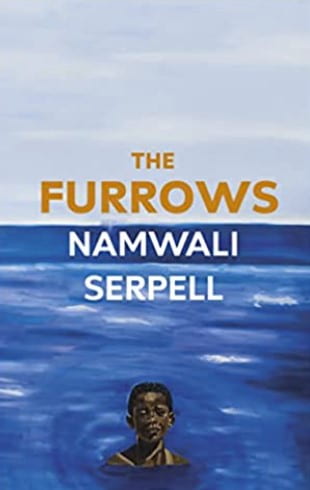Well I completely missed the point of this book and was left hanging at the end. It wasn’t until I read someone else’s review of the book when looking for the title of other books she had written that I realised I had missed the point.
I understood that it was about grief, an elegy, a passionate expression of loss about when Cassandra or C went to the beach with her brother and somehow he died. As C says,
I don’t want to tell you what happened. I want to tell you how it felt.
p3
And I wanted to know what had happened. So when we get to the second time C tells us what happened we get a description of Wayne being hit by a car and dying. At this point, I started to wonder if we had an unreliable narrator and whether she had killed her brother just as her parents had feared. But this isn’t what it is about. That first line in the quote above tells us – this book is about how it felt and it is full of re-imaginings including what if he had died by being hit by a car? Would it have been any different? Would the guilt and blame be any different?
The rest of the first half of the book is all the different ways that C sees her brother in different situations and he is still alive until she reaches out for him or ‘wakes’ from the dream and then he isn’t there again. She spends a vast amount of time, years, visiting doctors who try and help her by talking about different aspects of what happened, her brother and how she feels. I still feel like I want to know why her mother wasn’t home on the day Wayne died and because this is about feelings, we never get to know.
Eventually her parents split up and her mother goes on to found a charity for missing children – all a lie because Wayne is not missing, he is dead. But what if he were missing? No body was ever found.
The second half of the book was less enjoyable and was an exploration around what if her brother was missing and someone else was looking for him too. This brings in a man that C meets on a flight that happens to have the same name as her brother and who had met him when he was younger and living in care. This Wayne follows C around to hotels and conferences and to her grandmother’s funeral where he meets her father. But all the time I was reading this I wondered if this Wayne was her brother. They were having sex so that would mean incest. How does that fit in? Is it trying to replicate someone who is not there, trying to fill in the gap in your life that they have left?
At the end C’s mother finally admits that her son Wayne is not missing but is dead and that is the crunch point in the book and comes quite late on. C just stands up and walks away from her mother and from the charity and steps out into ‘life life life’.
So this is pain and grief going round and round, never going away, constantly reliving how it feels because to face what happened is too painful. The many Waynes that appear throughout the book are not her Wayne but they are that feeling of the death happening again and again when you think of the person: When you wake in the morning and for 5 seconds everything is OK and then you remember again, that they are dead.
So the furrows that the title refers to are ruts: the ruts of the waves that take her brother, the troughs of despair, stuck in the furrow unable to break out. And furrows which channel you.
There other themes in this book. Race is definitely one, along with homelessness, turning grief into money, memory.
This would make an excellent book club choice if only to help me make more sense of it. Questions that I am left with are:
How does the structure of the book feed into and support the idea of grief?
How did you feel (ha) about the two parts of the book? Did they work together? Did they have different styles?
Was it important in the book that Cassandra’s grandmother didn’t like her? What was that all about?
Did everyone in the family grieve in the same way?
Is this how you have experienced grief?
Did you need the facts of the death, what the mother was doing at the time of death etc in this book?
Fascinating but not particularly accessible.
